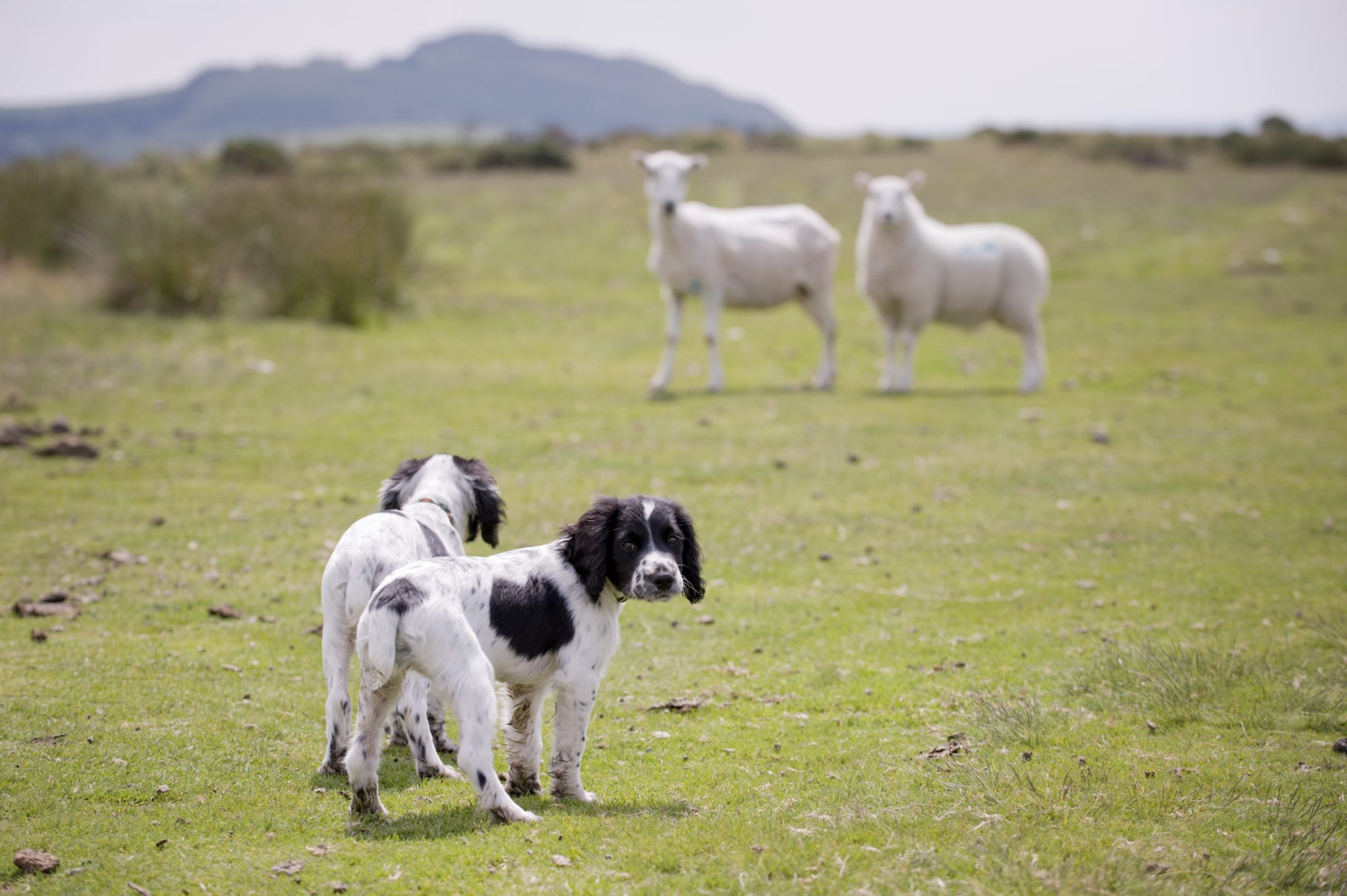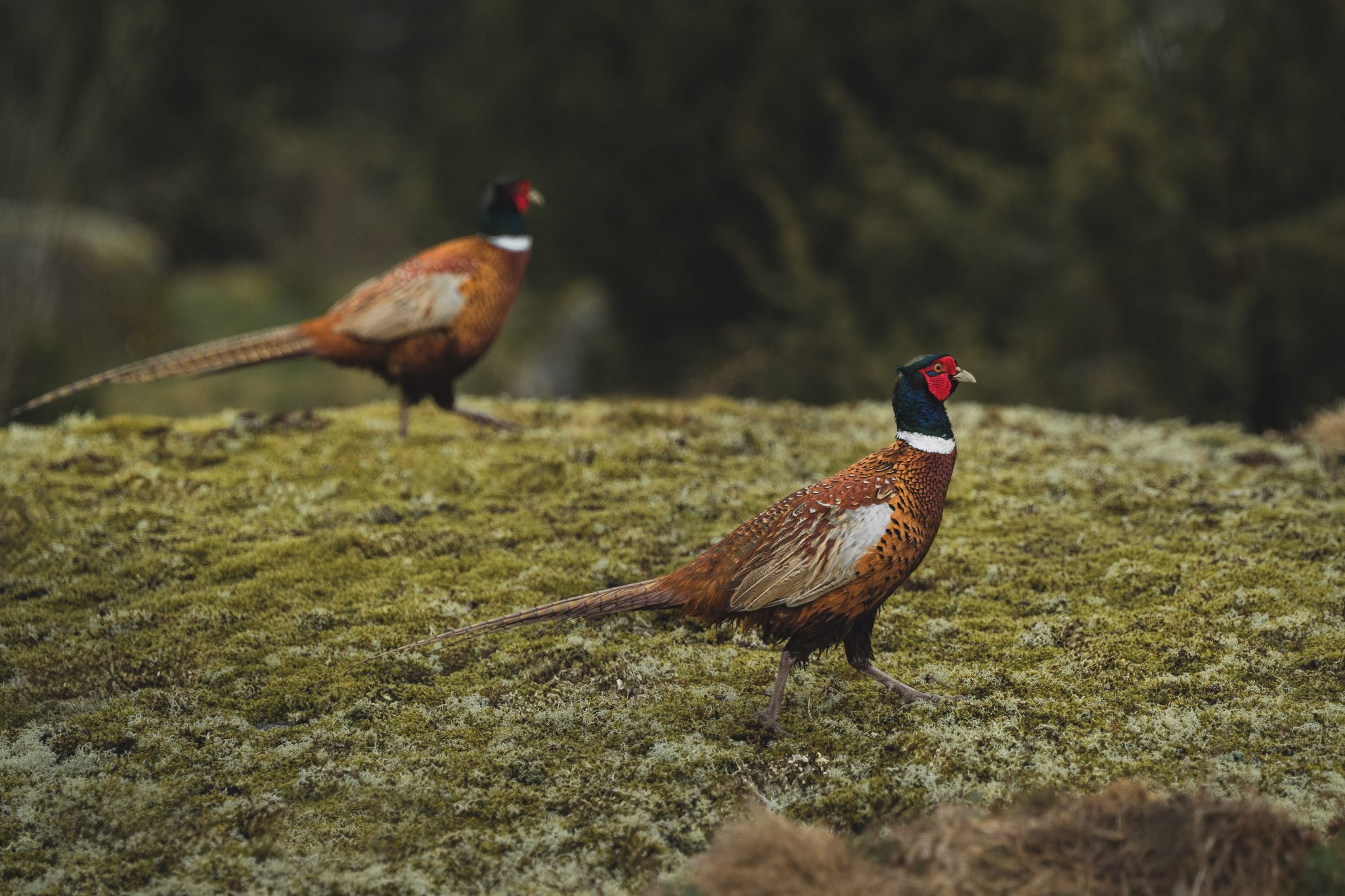Win CENS ProFlex DX5 earplugs worth £1,149 – enter here
A closer look at the terrier
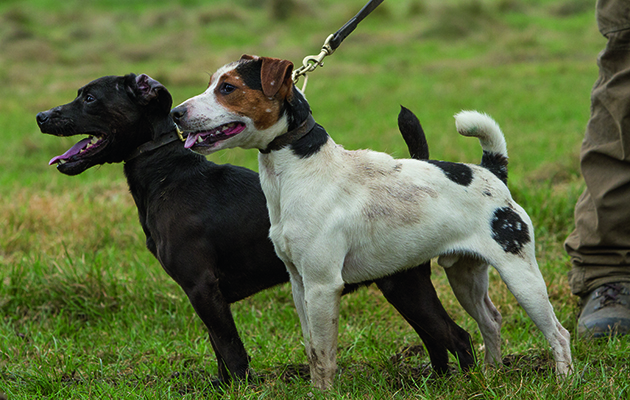
There is no doubt that the terrier breeds are the “hard men” of the canine world, ready to take on their quarry above and below ground. Most terrier breeds were developed in Great Britain and Ireland, and before legislation changed, they could be worked for quarry such as rats, rabbits, foxes, mink while traditionally they were also used to hunt badgers and otters. Different localities raised terriers to suit their hunting or vermin control needs, hence we ended with breed types such as the Border, Lakeland, fell or Patterdale terrier.
Early hunting terriers were used in sporting contests due to their “gameness”. Initially they competed in events such as clearing a pit of rats. According to the Sporting Chronicle Annual, the world record in a rat-killing contest is held by a black and tan bull terrier called “Jacko”. Weighing about 13lbs, “Jacko” set two world records. The first on 29 July 1862, with a killing time of 2.7 seconds per rat for 60 rats and the second on 1 May 1862, with his fight against one hundred rats, where Jacko worked two seconds faster than the previous world record holder with a time of 3.3 seconds. Today, rat hunting is the main-stay of legal terrier work.
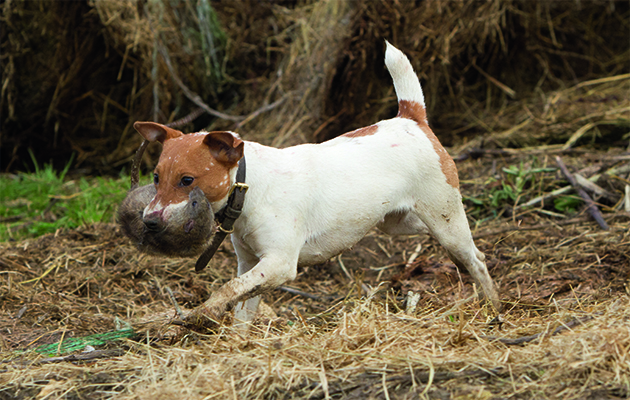
Rat hunting is the main-stay of legal terrier work
Terrier work, as it is known today, began with the rise of the “enclosure movement” in the late 18th century in England. People were moved off the land and into cities and towns, and sheep and other livestock were moved into newly walled, hedged and fenced fields. Vast expanses of enclosed open spaces proved perfect for mounted fox hunting – a sport that had arrived in the UK from France in the late 17th Century.
The first true breed of working terrier that bears a resemblance to what we see in the field today is the Jack Russell Terrier. The Jack Russell Terrier is named after the Reverend John Russell, whose long life (1795 to 1883) encompasses the entire early history of mounted fox hunts in the UK and who is credited with breeding the first fox-working white-bodied terrier.
The Jack Russell Terrier
The Jack Russell (JRT) is probably the most popular type of terrier seen today and as well as undertaking vermin control they are very popular as pet dogs. As it stands the JRT is a “type” of terrier and comes in various sizes and colour combinations, although white is normally the dominant colour it can have either a smooth or rough (broken) coat.
The breed was originally known as the fox terrier, it was renamed in the late 1800s by Reverend John Russell. Russell was born in 1795 and around 1814 he was invited to his first fox hunting expedition with a group that was led by the late Earl of Fortescue. Russell immediately fell in love with the sport, which would develop into a lifelong obsession. It was shortly after that the young man developed a keen interest in the breeds of dog often used by fox hunting enthusiasts, in particular the fox terrier.
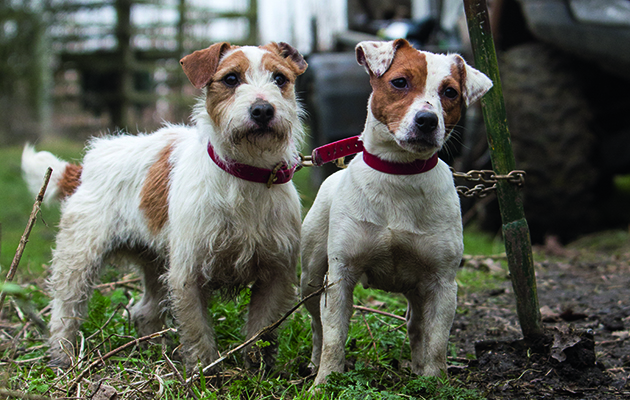
The Jack Russell Terrier (JRT)
It is said that while he was at Oxford University, Russell was intrigued by a female British white terrier (no longer in existence) named “Trump”. What made “Trump” unique for a white terrier was that she had dark tan spots over her eyes, ears and tail. Trump was owned by a local milkman whom she accompanied on his daily rounds, door-to-door. When the young Russell saw the dog in the streets of Oxford on its daily route, he was immediately struck with an idea and bought her from the milkman on the spot. Russell would soon use Trump as the foundation for his breeding program, breeding her with the standard fox terrier of the time in order to create a new, more distinctive colouring pattern, while still retaining the desirable traits already present in the breed.
The original fox terrier breed that Russell started with was much different than its modern day counterpart. In the early 1800s the breed was slender and lanky. It was taller, larger and the colouring was predominantly black, tan and reddish brown, very much resembling the fox that it hunted. One of the major issues that Reverend Russell wanted to address is that the dogs were often mistaken for the prey being hunted, and many a time was accidentally shot by their owners when involved in a fast-paced chase, hence the reason he wanted to develop a predominately white bodied dog.
The Patterdale or Fell Terrier
The “fell terrier” is the original non-pedigree coloured working dog of the north. Today’s working fell terrier may be brown, black, red, or black-and-tan, and may be smooth, wire or broken coated. The border country of northern England and southern Scotland is a unique area that has given birth to several breeds of earth working terriers.
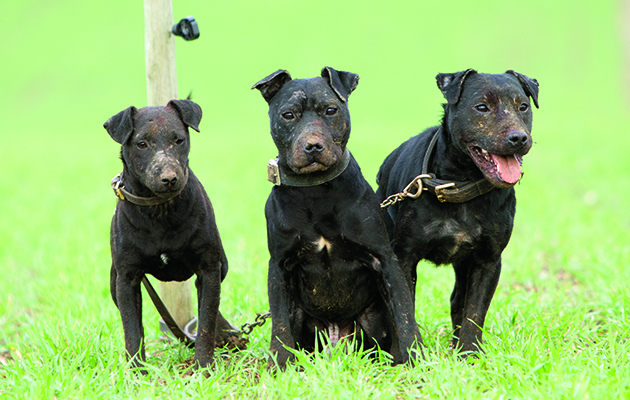
The Patterdale/ fell terrier
Life is primarily on remote farms with sheep being the main farm commodity, and for centuries they have been protected from fox predation by aggressive hound and terrier work. Dogs suited to this inhospitable climate have weatherproof coats and tend be larger than their southern cousins. Patterdale terriers are native to the Lake District of northern England. The fells are steep, rocky and when fox hunting was legal, the fox-hounds would depend on the Patterdale to extricate foxes from deep crevices in the rock. The Patterdale is generally known as being a “hard” terrier and is more than capable of killing a fox under-ground if it was reluctant to bolt. Fell and Patterdale terriers are well known as hard-bitten terriers, willing to work any place, at any time. While the fell type has been known since the 1700s, it wasn’t until the early 1950s that the Patterdale had been developed as a breed as the result of the selective breeding efforts of two breeders, Cyril Breay and Frank Buck. During the 1960’s Brian Nuttall helped to further develop the breed type.
The Border Terrier
Although not as popular as a working dog as the JRT or Patterdale, the Border terriers are still used in various parts of the country for legal vermin control such as rat hunting. The Border terrier was once known as the Reed-water or the Coquetdale terrier, after the localities of their early days. They originated from the rugged country along the border between Northumberland and Scotland. They are undoubtedly related to the other terriers, which originated from this same region such as the Bedlington and Dandie Dinmont terriers.
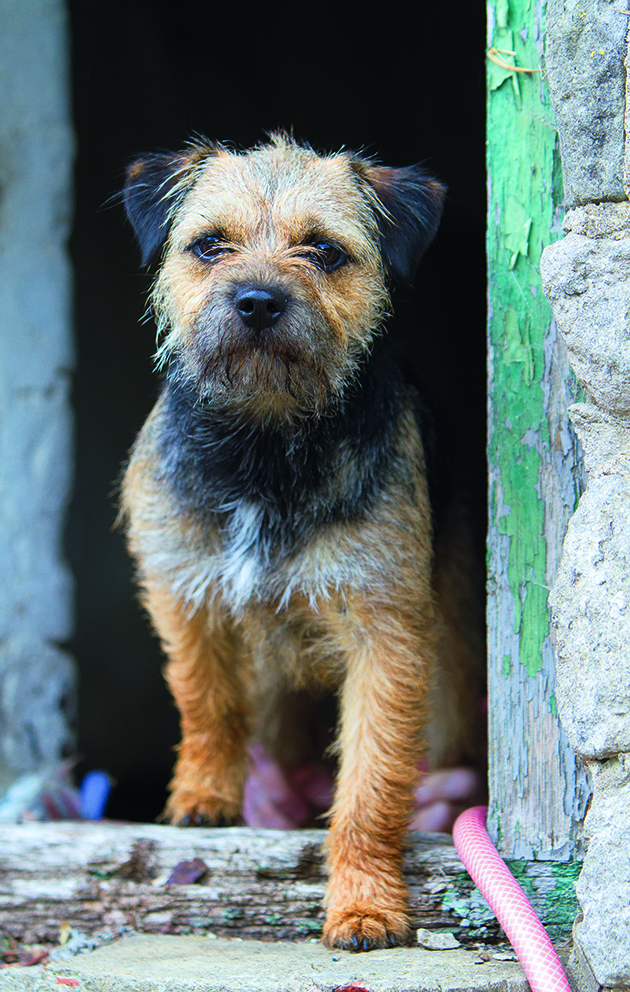
The Border Terrier
They were bred to go long distances, after the horses, and to bolt the hill foxes. Being bred to control the foxes, they were necessarily strong and stout. They have always been bred for their working qualities and are used with the Border Foxhounds and North Tyne Foxhounds chiefly. They vary in weight a great deal, although 15 to 18lbs is the ideal size, as, when bigger, they could not follow their fox underground so well. The coat should be hard, wiry and close to enable them to withstand wet and cold and they come in four main colour variations, red, grizzle and tan, blue and tan; and wheaten.
Related Articles
Get the latest news delivered direct to your door
Subscribe to Shooting Times & Country
Discover the ultimate companion for field sports enthusiasts with Shooting Times & Country Magazine, the UK’s leading weekly publication that has been at the forefront of shooting culture since 1882. Subscribers gain access to expert tips, comprehensive gear reviews, seasonal advice and a vibrant community of like-minded shooters.
Save on shop price when you subscribe with weekly issues featuring in-depth articles on gundog training, exclusive member offers and access to the digital back issue library. A Shooting Times & Country subscription is more than a magazine, don’t just read about the countryside; immerse yourself in its most authoritative and engaging publication.



